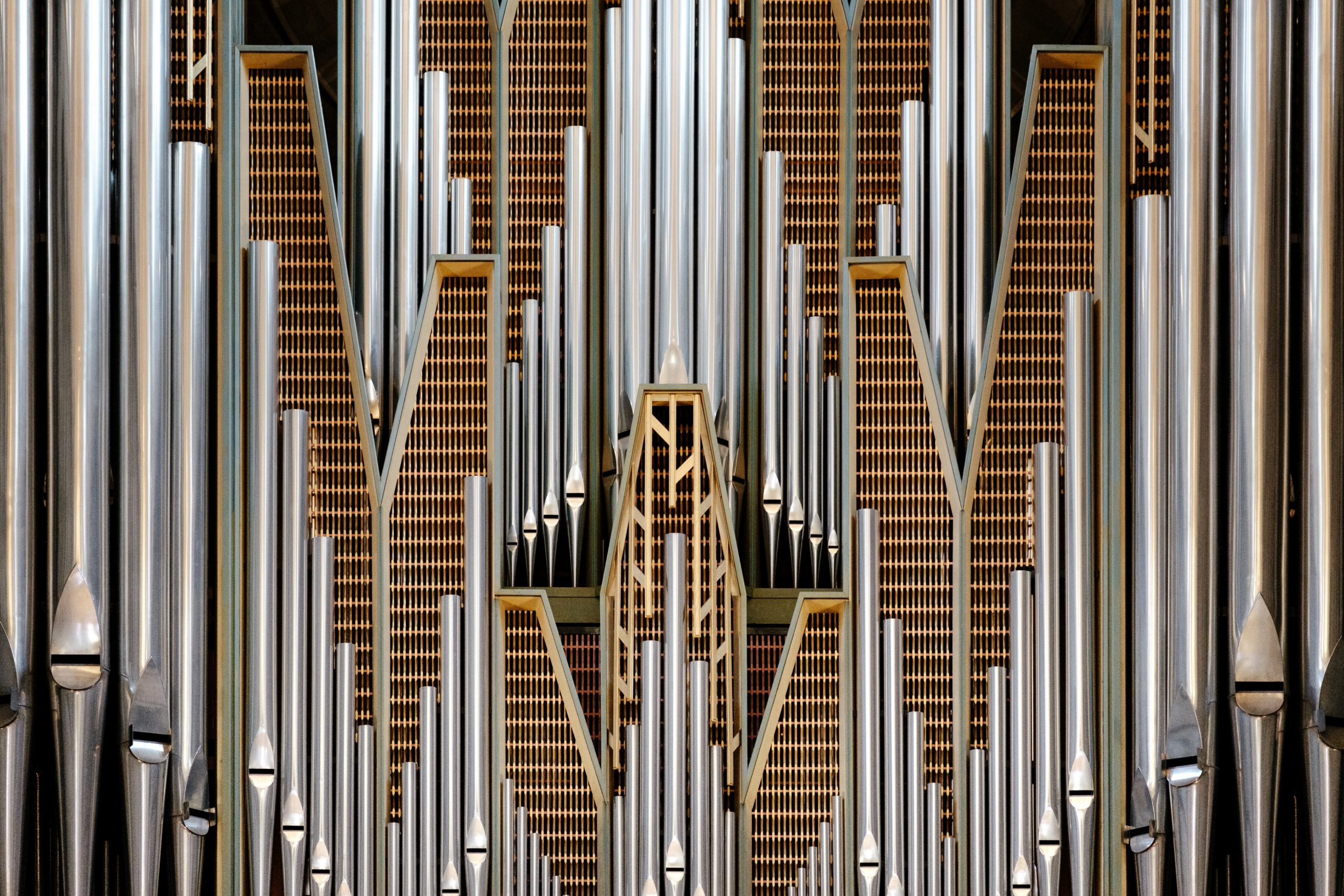
Why is the Pipe Organ Hard to Play?
The question of how hard is it to play a pipe organ cannot be simply answered with how difficult it actualy is to play, because there is also the fact that this is not an instrument you can easily purchase and bring home, so why would you learn to play such a bothersome instrument? and how hard is it to master?
History of the Pipe Organ

The Organ has been around for quite some time, dating back to 200 BC in Greece, and it is beleived that it was made by a man called Ctesibius, however he did not mean to make a musical instrument ike the one it came to be, it was mostly to explain and demonstrate the principles of hydraulics.
Many years after that it started being used as an instrument and eventually around 400 BC it was used during weddings and other celebrations.
The first organ design was also not sustainable, and eventually the design was made simple by replacing the piston, valves, and water cistern. However after this redesign the world did not see much organs until around 900 BC when the medieval church organ came to be and after that it kept evolving while its popularity increased all around Europe.
Hard To Play?
Saying that it’s hard to play may be accurate, of course any instrument is hard to play at first, but there are a few things that make this instrument a bit more intimidating than others.
The thing about the pipe organ is that there are many things you need to be aware of when playing it.
It’s not the hardest instrument to play but it’s by far the easiest,to master the instrument and feel comfortable, your body needs to do a lot of things at the same time, more specifically, it requires you to be thinking about five different things at same time while playing.
You’ll be playing the keys on the organ, using your feet to control pedals and holding the notes, since there is no sustain pedal like on the piano.
When it comes to stops, which produce the range of notes needed, you will also have to control the sound by changing the positioning of these stops.
In conclusion, easy to learn, very hard to master.
Katelyn Emerson

In an interview with bachvirtuosifestival.org Katelyn Emerson talks about her experience playing in beautiful cathedrals.
BVF: Share your feelings about playing in some of the most world-renowned cathedrals around the world?
KE: Since even the smallest of pipe organs has a few dozen pipes and the largest have several thousand, it is far too cumbersome to bring along one’s own organ when traveling, so one of the most unique and interesting parts of being an organist is getting to know a new instrument (or more than one!) for each recital. What comes along with such a unique challenge is also being able to view extraordinary place from the most unusual angles: seeing the Cathédrale Notre-Dame from the balcony, being the organist of whom hundreds of tourists are taking photographs at the Hallgrímskirkja in Reykjavik, Iceland, seeing the façade of the Walt Disney Concert Hall organ from the console on the stage during a recital, enjoying the incredible serenity of Spain’s Montserrat Monastery prior to the concert – all of these are experiences that I would never have had if I weren’t fortunate enough to do what I do. Perhaps the most important thing is simply being interested in having such experiences. So much of the time, playing the organ seems to require interest in history, in architecture, and in art before any note is played. Without the curiosity in what makes our world, our lives, and our music “tick,” such experiences merely become a completed checklist, not life-changing memories
The pipe organ has special connections to specific places which makes it a very unique instrument.
Click the link for an interesting beginner’s guide.
